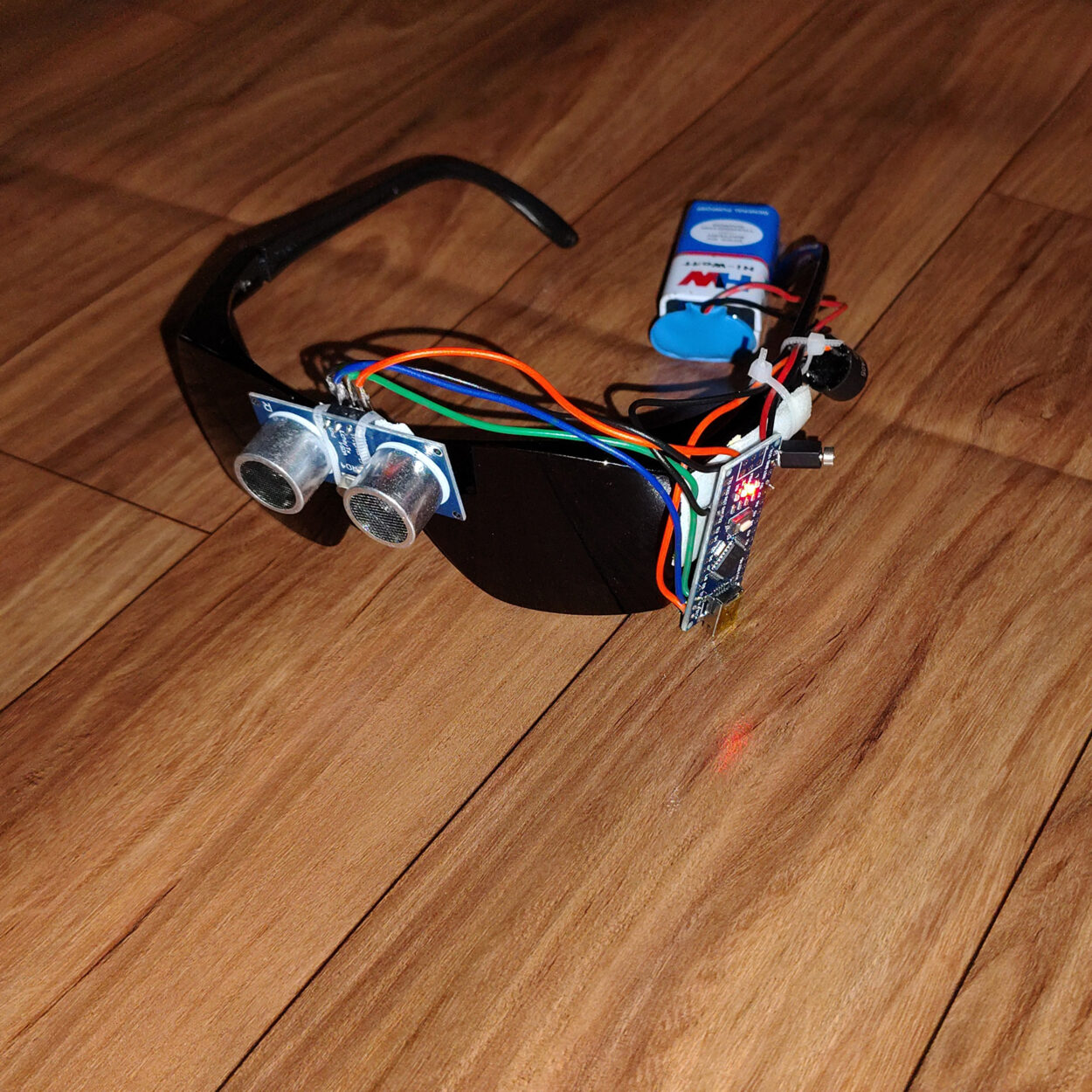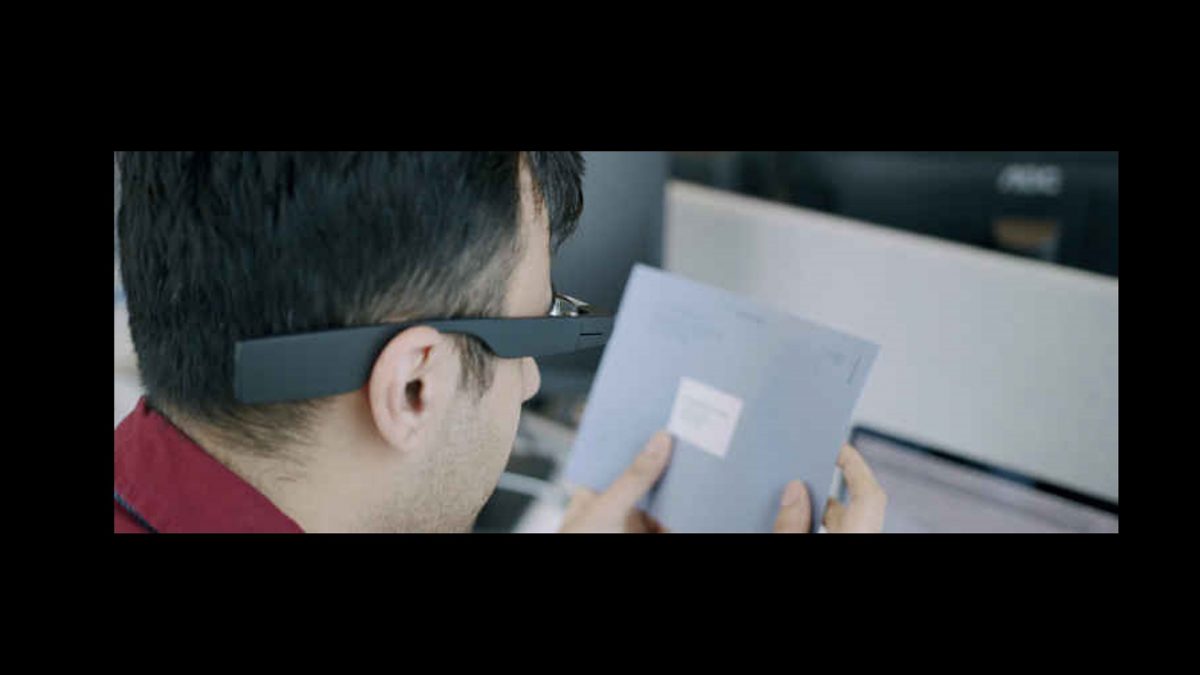Maximizing Efficiency with Screen Readers for the Blind: A Comprehensive Guide
Maximizing Efficiency with Screen Readers for the Blind: A Comprehensive Guide
Blog Article
Enhancing Ease Of Access Via Assistive Technology for the Blind
The assimilation of assistive innovation for the blind stands for an essential innovation in access, fundamentally altering how people browse their settings and involve with society. From screen readers to cutting-edge smart walking sticks, these devices not only boost independence however likewise promote inclusivity in different spheres of life. As we check out the varied types of assistive tools and their substantial effect on daily living, it becomes important to check out how continuous technical advancements are reshaping the landscape of assistance for the blind area. What implications do these advancements hold for the future of availability?
Overview of Assistive Innovation
Assistive innovation describes an array of tools and software designed to boost the abilities of people with specials needs, including those who are blind or aesthetically impaired. This technology plays a crucial role in promoting self-reliance and improving the high quality of life for users. By supplying alternative techniques for accessing details and executing everyday tasks, assistive technology encourages individuals to navigate their environments better.
The development and implementation of assistive modern technology accept a range of principles targeted at promoting availability. These principles consist of user-centered style, which focuses on the demands and choices of the person, and the integration of modern technology into everyday tasks. Such innovations make sure that assistive gadgets are not just useful yet also intuitive and very easy to use.
In addition, assistive modern technology incorporates a varied spectrum of services, from low-tech choices like magnifiers to modern technologies such as screen visitors and Braille display screens. The ongoing evolution of this field is driven by the demand to address the one-of-a-kind obstacles dealt with by people with aesthetic problems (Wearable technology for low vision). As innovation proceeds to advance, the potential for boosting accessibility and promoting inclusivity remains appealing, eventually contributing to an extra equitable culture

Types of Assistive Instruments
Many kinds of assistive devices are offered to sustain people who are visually damaged or blind, each created to attend to specific demands and obstacles. These gadgets can be broadly classified into 3 primary kinds: low-tech, mid-tech, and state-of-the-art remedies.
Low-tech gadgets consist of products such as magnifiers, Braille tags, and tactile maps. These are fairly straightforward devices that enhance the user's capability to communicate with their environment without calling for intricate innovation.
Mid-tech devices frequently entail advanced attributes, such as digital magnifiers and mobile Braille note-takers. These devices can provide performances like speech output, enabling customers to access details extra efficiently.

Influence On Daily Living
The availability of numerous assistive tools considerably enhances the high quality of life for people that are aesthetically damaged or blind, influencing their daily living in profound ways. By integrating technologies such as display visitors, Braille displays, and audio summary services into their regimens, users acquire greater autonomy and freedom. These tools help with access to info, making it possible for people to carry out daily tasks, such as reading e-mails, navigating public spaces, and taking pleasure in media web content.
Furthermore, assistive tools encourage people to involve even more completely in social interactions and area activities. The ability to use mobile phones equipped with ease of access functions enables for smooth communication and link with others. This connectivity cultivates a sense of belonging and decreases feelings of seclusion.
In professional settings, assistive technology supports efficiency by permitting individuals to total job tasks effectively. Devices like voice recognition software program and specialized zoom gadgets make it possible for individuals to take part in the workforce on equivalent ground with their sighted peers.

Advancements in Innovation
Current technological developments have actually dramatically transformed the landscape of tools readily available for people who are blind or visually impaired. The assimilation of man-made intelligence (AI) and artificial intelligence has actually generated applications that enhance navigating and item recognition. As an example, smartphone applications can now make use of AI to determine and explain environments in real-time, giving customers with beneficial contextual info.
Additionally, advancements in haptic innovation have resulted in the development of smart walking sticks equipped with sensors that discover barriers and offer tactile comments. This encourages customers to navigate their environment with raised confidence and self-reliance. Technologies in text-to-speech software application and braille screens have boosted the access of electronic material, permitting for recommended you read smooth communication with numerous media.
Wearable modern technologies, such as wise glasses, are additionally making strides in assisting visual problems. As technology proceeds to develop, the capacity for even more transformative devices stays on the horizon.
Future Trends and Innovations
As technology rapidly advances, the future of assistive tools for people who are blind holds tremendous promise. Technologies in fabricated knowledge (AI) and artificial intelligence are poised to revolutionize the method blind individuals connect with their atmospheres. For circumstances, AI-driven applications are being developed to boost object acknowledgment, enabling individuals to identify and browse their surroundings with greater simplicity and accuracy.
In addition, innovations in haptic responses technology are enabling the creation of tactile maps and navigation help that offer real-time details via touch. These developments not just boost movement however also foster freedom. In addition, wearable tools geared up with enhanced fact (AR) functions are arising, providing customers aesthetic details via audio summaries, thereby bridging the gap between the electronic and physical globes.
Moreover, the combination of smart home technology provides brand-new possibilities for availability, enabling people to regulate their living atmospheres through voice commands or smartphone applications. As partnership in between technology designers and the blind community proceeds, the focus on user-centered style will certainly guarantee that future developments are tailored to satisfy the unique demands of this population (Wearable technology for low vision). The trajectory of assistive technology promises an extra empowering and comprehensive future for people who are blind
Verdict
In verdict, assistive modern technology plays an essential duty in improving access for people with visual disabilities. Continual improvements in innovation and user-centered style guarantee that these tools provide effectively to the about optometry one-of-a-kind needs of the blind neighborhood.
The combination of assistive modern technology for the blind stands for a critical advancement in access, fundamentally modifying exactly how individuals navigate their environments and involve with society.Assistive innovation refers to a range of devices and software application created to boost the capacities of people with disabilities, consisting of those that are blind or visually impaired. Wearable technology for low vision.As click resources technology quickly advances, the future of assistive tools for individuals who are blind holds immense assurance. The trajectory of assistive technology guarantees a more inclusive and empowering future for people that are blind
In verdict, assistive technology plays an important function in boosting access for individuals with aesthetic disabilities.
Report this page